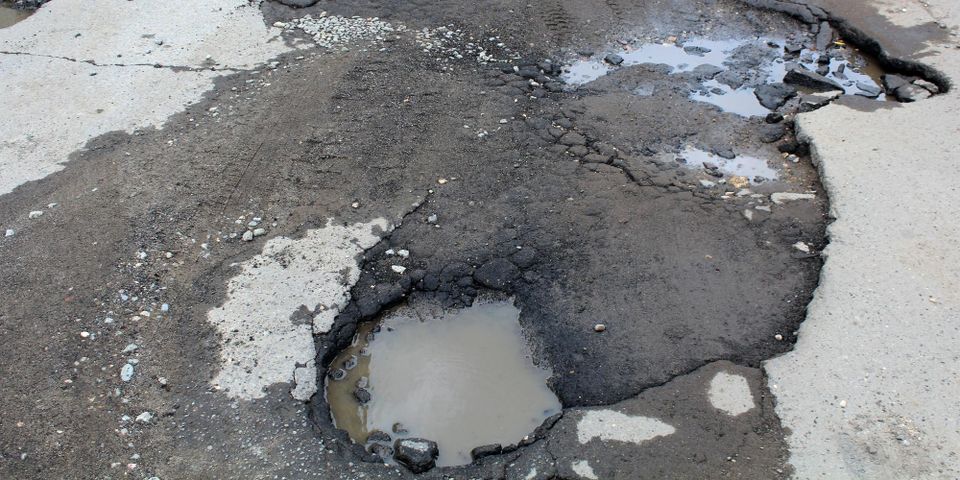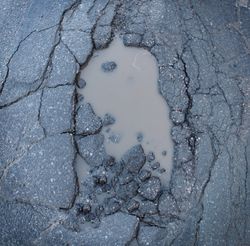
Repairing asphalt pavement is costly and an inconvenience to employees and customers who can’t access your parking premises. But if you stop potholes from forming, you can keep your business operation up and running smoothly. Here’s what you need to know about asphalt paving potholes.
How Are Potholes Formed?
When rain and melted snow seep through cracks in asphalt, it pools in the soil beneath the pavement. In winter, this water will freeze, expand, and push against the pavement, causing it to buckle and collapse. In summer, weeds root in the soil of open cracks, using water to grow and spread. Weeds, like ice, will eventually turn cracks into holes. As cars pass over cracks and fissures, they cause additional crumbling.
How Can Potholes Be Prevented?
The easiest way to prevent potholes is to treat cracks as soon as they form, long before water has a chance to do any lasting damage. Use a leaf blower to rid asphalt surfaces of debris, then fill in any cracks with a specially formulated asphalt filler. Smooth the filler over the pavement with a scraper, and apply a flexible yet sturdy sealant over each patch.
Seal-coating asphalt helps prevent potholes, too. Fog sealing—the process of applying a diluted layer of asphalt glazing over the top of existing pavement—protects surfaces from cracking. Coating surfaces with a mixture of asphalt and a fine aggregate like sand is called chip sealing. Laying on a seal coat of asphalt and crushed stone is called microsurfacing.
For a paving contractor who can fix potholes and cracks in addition to seal-coating your pavement, contact Carl Burns-Asphalt Paving in Union, MO. They back their work with a one-year warranty, whether it’s a large commercial paving project or a small sidewalk repair job. Learn more about how they can help you by calling (636) 584-7283 or messaging them online.
About the Business
Have a question? Ask the experts!
Send your question

